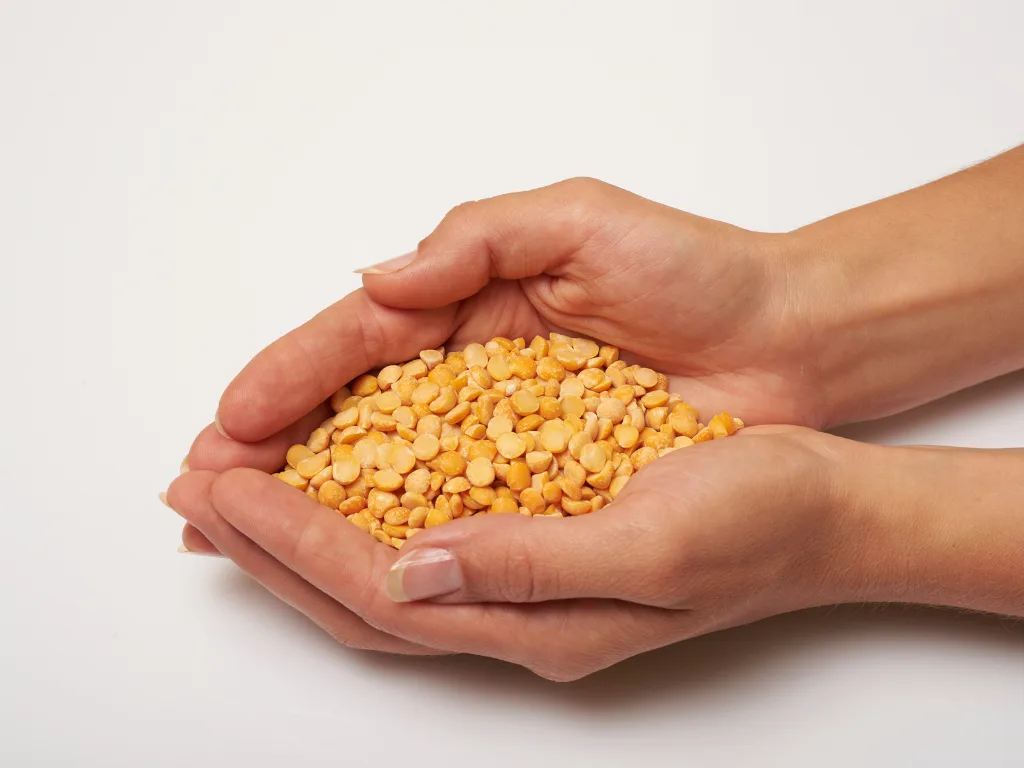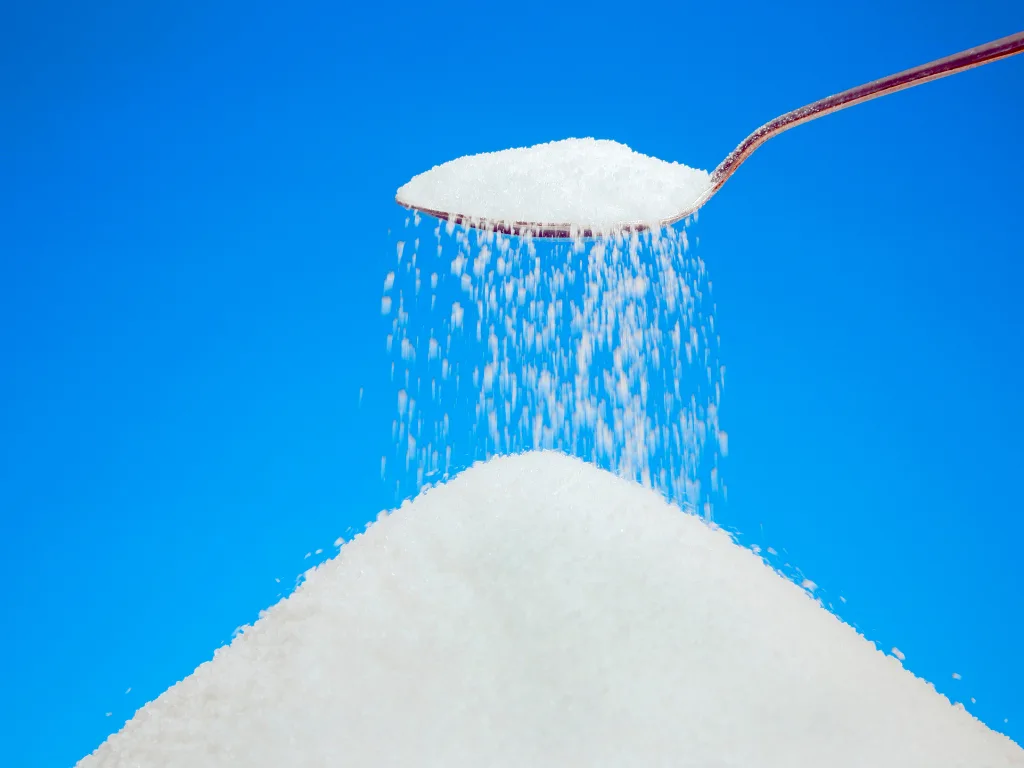Textured Protein Products: How Manufacturers Can Elevate Nutrition, Texture, and Clean-Label Appeal With Satoria Nutrisentials
November 27, 2025

Textured protein products have become one of the fastest-growing categories in the global food industry, driven by rising demand for plant-based meat alternatives, functional snacks, healthy ready meals, and clean-label convenience foods. Manufacturers across Asia-Pacific, Europe, and North America are exploring new ways to improve the bite, juiciness, fiber content, and overall nutritional quality of their textured protein offerings—while keeping formulations cost-efficient and scalable.
As consumer expectations evolve, textured protein is no longer just about mimicking meat. Today, brands are tasked with creating products that deliver superior texture, higher protein, gut-friendly fibers, clean ingredients, and multifunctional health benefits. This is where Satoria Nutrisentials serves as a formulation partner—not only supplying ingredients but supporting manufacturers in building the next generation of textured protein products with technical insight and R&D collaboration.
Below is a comprehensive guide designed for food and beverage manufacturers, product developers, and R&D teams seeking to elevate their textured protein portfolio with better functionality, higher nutrition, and stronger market differentiation.
Understanding What Makes Great Textured Protein Products
Textured protein products typically use plant-based proteins—most commonly soy, wheat, and increasingly pea protein—to create fibrous, meat-like structures. Through extrusion techniques, manufacturers can develop products with varying bite profiles, moisture retention, and cooking stability.
A strong textured protein product usually includes:
- High-quality protein with complete amino acid balance
- Sufficient hydration and water-binding capacity
- Clean-label structuring agents
- Fibers that improve texture and gut health
- Flavor-neutral or lightly flavored ingredients
- Heat and shear resistance during extrusion
- Good rehydration properties for versatility
Pea protein has emerged as a preferred base because it is allergen-friendly, non-GMO, neutral in taste, and capable of forming excellent fibrous structures. When paired with high-performance functional fibers such as resistant dextrin, manufacturers can significantly enhance texture, juiciness, and nutritional positioning.

Why Pea Protein Is a Leading Base for Textured Protein Products
Pea protein is now one of the most in-demand ingredients for manufacturers producing textured plant protein. Its natural characteristics make it ideal for extrusion and structured products.
Pea Protein’s Key Functional Benefits
- Excellent water absorption that contributes to juiciness and tenderness.
- Strong binding capabilities, helping maintain structure during cooking and storage.
- Neutral flavor that blends well with savory seasonings.
- Non-allergenic and gluten-free, meeting clean-label expectations.
- High protein content to support nutrition claims.
Satoria Nutrisentials offers Pea Protein and Pea Protein Isolate that meet these needs with:
- High solubility
- Light color for clean product appearance
- Consistent extrusion performance
- Reliable protein quality for varied applications
Manufacturers seeking to move beyond soy-based TVP are increasingly transitioning to pea protein systems for improved digestibility and a cleaner nutritional profile.

Enhancing Textured Protein With Resistant Dextrin and Functional Fibers
Fiber enrichment is becoming a critical differentiator for textured protein manufacturers. Consumers want benefits that go beyond protein—especially for digestion, gut health, and metabolic support.
This is where resistant dextrin, such as Satoria Nutrisentials’ FiberFit Resistant Dextrin, plays an essential role.
Why Resistant Dextrin Matters in Textured Protein Development
Resistant dextrin is a soluble dietary fiber that is:
- Highly functional during processing
- Heat stable
- Neutral in taste and color
- Excellent for improving mouthfeel
- Known for its prebiotic benefits
When incorporated into textured protein products, resistant dextrin contributes to:
- Improved moisture retention
- Better chewiness and bite structure
- Enhanced juiciness after rehydration
- Increased dietary fiber content for stronger nutrition claims
- Smoother mouthfeel, especially in hybrid or structured formats
- Gut-health support through SCFA production
For manufacturers aiming to enter premium or functional sub-segments, fiber-enhanced textured protein is a major opportunity.
Building Better Texture With Integrated Formulation Systems
Creating high-quality textured protein products requires more than just a strong protein base—it demands a balanced formulation system. Satoria Nutrisentials partners with manufacturers to guide the development of integrated systems that include:
- Protein base (pea protein or pea protein isolate)
- Soluble fibers (resistant dextrin)
- Functional carbohydrates for processing stability
- Seasoning carriers
- Clean-label binders
Key Formulation Functions Needed in Textured Protein Manufacturing
- Hydration Balance
Proper water absorption ensures that the final product delivers a meat-like bite and juiciness. Pea protein’s excellent hydration capacity is ideal here, while resistant dextrin helps retain moisture during heating and rehydration. - Fiber-Enhanced Texture
By combining pea protein with resistant dextrin, the texture becomes more elastic, cohesive, and rounded. This improves both the raw material handling and the consumer eating experience. - Binding & Structuring Support
During extrusion, ingredients must withstand high temperatures and shear conditions. Pea protein isolate offers robustness, and resistant dextrin stabilizes the mixture. - Clean-Label Appeal
Consumers now check ingredient lists. Manufacturers who use clean proteins and natural fibers gain a competitive advantage, particularly in premium and better-for-you segments. - Nutritional Upgrading
By adding functional fibers, manufacturers can elevate protein-rich products into gut-health-supporting products—an area with strong consumer interest.
Applications of Textured Protein Products Across Food Categories
Textured protein is rapidly expanding beyond plant-based meat alternatives. Today’s manufacturers use textured protein ingredients across multiple B2B categories.
1. Plant-Based Meat and Hybrid Meats
Manufacturers can create structured pieces, grounds, chunks, or strips using pea-based textured protein. Resistant dextrin enhances juiciness and fiber content without affecting flavor.
2. Ready-to-Eat Meals
TVP provides protein density while fibers improve freeze–thaw stability and cooking integrity.
3. High-Protein Snacks
Textured protein can be shaped into crunchy pieces, protein-rich extrudates, or baked formats. Adding resistant dextrin helps balance texture and fiber content.
4. Healthy Convenience Foods
From noodles to dumplings, textured protein improves nutritional profiles while maintaining texture integrity under various cooking formats.
5. Soups, Sauces, and Seasonings
Fine-cut textured protein absorbs flavors quickly, while soluble fibers support viscosity and clean-label consistency.
Manufacturers benefit from Satoria Nutrisentials’ ingredient solutions that support stable processing and scalable production across these categories.
How Manufacturers Can Improve Texture, Nutrition, and Marketability
To stay competitive, manufacturers should focus on three pillars:
Pillar 1: Texture Optimization
Using high-quality pea protein ensures consistent results in extrusion, while resistant dextrin contributes to improved moisture retention and clean bite structure.
Pillar 2: Nutritional Enhancement
Combining protein and fiber responds directly to modern consumer trends—particularly gut health, satiety, and metabolic wellness.
Pillar 3: Clean-Label Innovation
Simplicity wins. Using ingredients such as pea protein and resistant dextrin allows manufacturers to maintain short, recognizable ingredient lists.
Why Partner With Satoria Nutrisentials
Satoria Nutrisentials is not just an ingredient supplier. The company works closely with manufacturers to support formulation optimization, R&D development, and market-ready product strategies. Partnering with Satoria offers:
- Reliable ingredient supply
- Application-driven technical support
- A strong portfolio of proteins, fibers, and clean-label solutions
- Guidance on improving extrusion performance
- Support with nutrition-forward product positioning
This combination allows manufacturers to accelerate development timelines while maintaining consistency and regulatory confidence.
Partner With Satoria Nutrisentials to Build the Next Generation of Textured Protein Products
Ready to enhance your textured protein portfolio with better texture, nutrition, and clean-label functionality? Satoria Nutrisentials supports manufacturers in creating high-performance textured protein products using high-quality pea protein, pea protein isolate, resistant dextrin, and functional ingredients designed for modern consumer needs.
Explore how Satoria can support your formulations:
Visit Satoria Nutrisentials today and collaborate with our team to develop your next textured protein innovation.
References
- Aschemann-Witzel, J., & Peschel, A. O. (2019). How consumer expectations shape plant-based product development. Food Quality and Preference.
- Day, L. (2013). Proteins from land plants—Potential resources for human nutrition and food security. Trends in Food Science & Technology.
- Lam, A. C. Y., Can Karaca, A., Tyler, R. T., & Nickerson, M. T. (2018). Pea protein isolates: Physicochemical properties and manufacturing. Food Research International.
- Riaz, M. N., & Rokey, G. J. (2012). Extrusion Problems Solved: Food, Feed, and Industrial Applications. Woodhead Publishing.
- Shahidi, F., & Ambigaipalan, P. (2015). Phenolics and polyphenolics in foods and nutraceuticals. Journal of Functional Foods.
- Stone, A. K., & Nickerson, M. T. (2012). Pea protein interactions with polysaccharides. Food Research International.
- Zeng, H., et al. (2020). Resistant dextrin as a functional dietary fiber: Digestive and physiological effects. Journal of Nutritional Science.